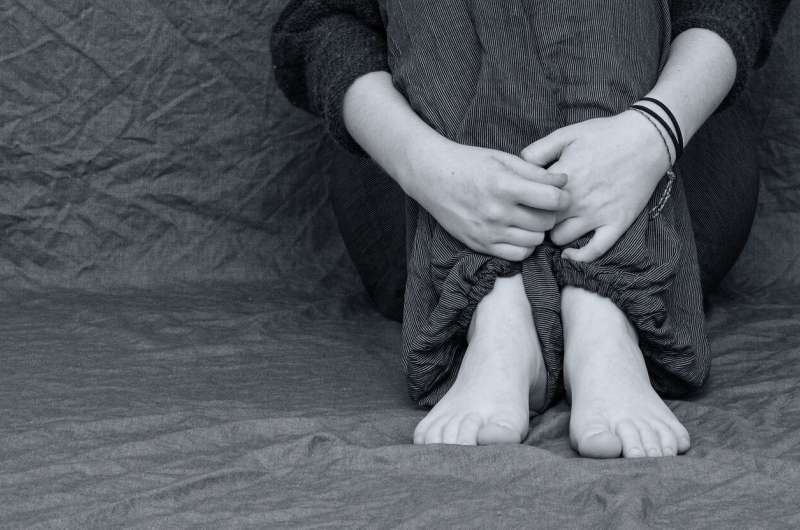
A large, comprehensive survey of Victorian adults undertaken by The COPE INITIATIVE at the height of Melbourne’s long lockdown in September last year found one in three survey respondents screened positive for anxiety or depression symptoms and one in 10 reported they had recently seriously considered taking their own lives.
The study involved Monash University, Austin Health, and Brigham and Women’s Hospital in the United States, and was led by Professor Shantha Rajaratnam and Ph.D. candidate Mr Mark Czeisler, from the Monash University Turner Institute for Brain and Mental Health and School of Psychological Sciences.
Published in the Journal of Psychiatric Research, the study found that of the 1157 Victorians surveyed in September last year, adverse mental health symptoms were particularly common among:
- Young adults
- Unpaid caregivers (especially sandwich caregivers for both adults and children)
- People with disabilities
- People with diagnosed psychiatric or sleep conditions
According to Professor Rajaratnam, this significant impact by the prolonged lockdown on Victoria’s mental health “happened despite low SARS-CoV-2 prevalence and highlights the need for better mental health support services as much of Australia remains in lockdown,” he said.
Within the context of the global pandemic response, a strength of the study, according to the authors, is that mental health was measured in a community wherein cases of COVID-19 were low, in comparison to most international studies which noted increases in depression and anxiety when the case load was high. This is particularly important given emerging evidence of potential direct mental health consequences of infection with the coronavirus.
“This study at the height of Victoria’s long lockdown, at a time when case loads were relatively low, provided us with a unique opportunity to robustly assess the indirect mental health effects of the pandemic such as isolation, lack of certainty about income and work, homeschooling, disrupted routines and so on,” Professor Rajaratnam said.
During the survey period of 15–24 September, 2020, the average number of daily cases diagnosed for the two weeks prior to 11 September for metropolitan Melbourne was 65.3 and regional Victoria 4.7 according to Victorian Health and Human Services data.
The survey data was compared to a similar sample of 1531 Australians conducted between 2 and 8 April, 2020, including 93 re-contacted respondents.
In detail, the September respondents reported:
- 33 percent screened positive for anxiety or depressive symptoms
- 31 percent screened positive for COVID-19-related trauma- and stressor-related disorder (TSRD) symptoms
- 26 percent screened positive for burnout symptoms
- 12 percent reported having recently started or increased substance use to cope with stress or emotions
- 10 percent reported recent serious suicidal ideation
The survey also found that Victorians reported changes to their sleep patterns during the lockdown, with 30 percent reporting spending more time in bed, 24 percent reporting difficulties getting to sleep, 20 percent screening positive for insomnia symptoms and 14 percent screening positive for excessive daytime sleepiness.
Almost half of all respondents reported having increased their screen time by one or more hours and having decreased their time spent outdoors during daylight hours by the same amount.
The relative uniformity of reported mental health issues during the pandemic, regardless of community infection rates, suggest “that the indirect adverse mental health impact during the pandemic may be insensitive to objective COVID-19 risk,” the authors said.
According to co-author, Mr Mark Czeisler, these findings “have important implications for policymakers, employers and community leaders as we continue to navigate the COVID-19 pandemic and lockdowns.
Source: Read Full Article
